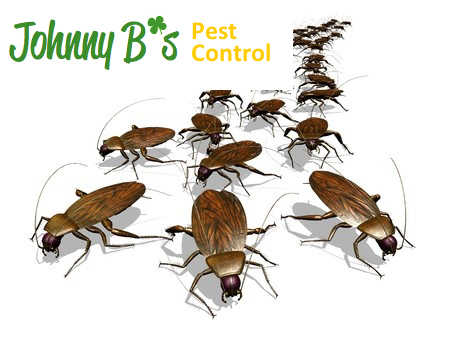While Harvard University may be one of the most prestigious institutions of higher education in the world, the university has long been plagued by its reputation as a cockroach haven. For decades, roaches have been spotted in virtually every building located on the campus, including dining halls, band rooms, dormitories and even within cafeteria kitchens. Not surprisingly, cockroach sightings are particularly numerous within older buildings on the campus. According to Gary D. Alpert, former Harvard Entomology Officer of Environmental Health and Safety, the outdated structure of the dormitories on campus allowed cockroaches easy access into the buildings, where infestations became legendary. For years, it was Alpert’s duty to keep Harvard’s dormitories free from cockroach infestations. However, this task was easier said than done, as Alpert frequently found cockroaches emerging from shower drains, from behind bathtubs, and in all locations where structurally compromised pipes existed. However, Alpert is now pleased to see that renovations are successfully driving cockroach populations out of long-infested buildings on Harvard’s campus.
Beginning in 2017, several of the oldest structures on the Harvard University campus began undergoing much needed renovations. Although few expected it, these renovations have clearly been helping to reduce the number of cockroaches populating the campus. According to the Senior Director of Operations for the Building Operations group, Zachary Gingo, far fewer cockroach sightings around the River Houses have been reported since the renovations began. The vast reduction in cockroach sightings on the campus is specifically due to the replacement of domestic sanitary pipelines within older buildings, as well as the application of superior sealants on small cracks and crevices on the foundations of several buildings. Many critics of the renovations assumed that the vibrations produced by construction efforts would scare cockroaches out of the buildings and into adjacent buildings that have yet to be renovated. But this has not been the case, as Alpert claims that while cockroaches may flee a building due to disturbing and long-lasting vibrations, there is no reason to assume that the fleeing cockroaches will immediately take up residence at buildings located next door. Despite initial reservations, many students, professors and other Harvard employees are eagerly awaiting a largely roach-free Harvard campus.
Do you believe that cockroaches fail to survive outdoors after they are ejected from indoor structures?

